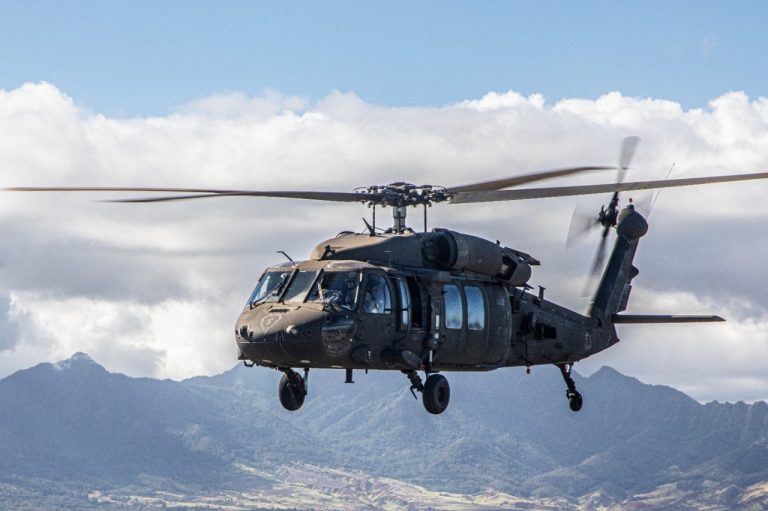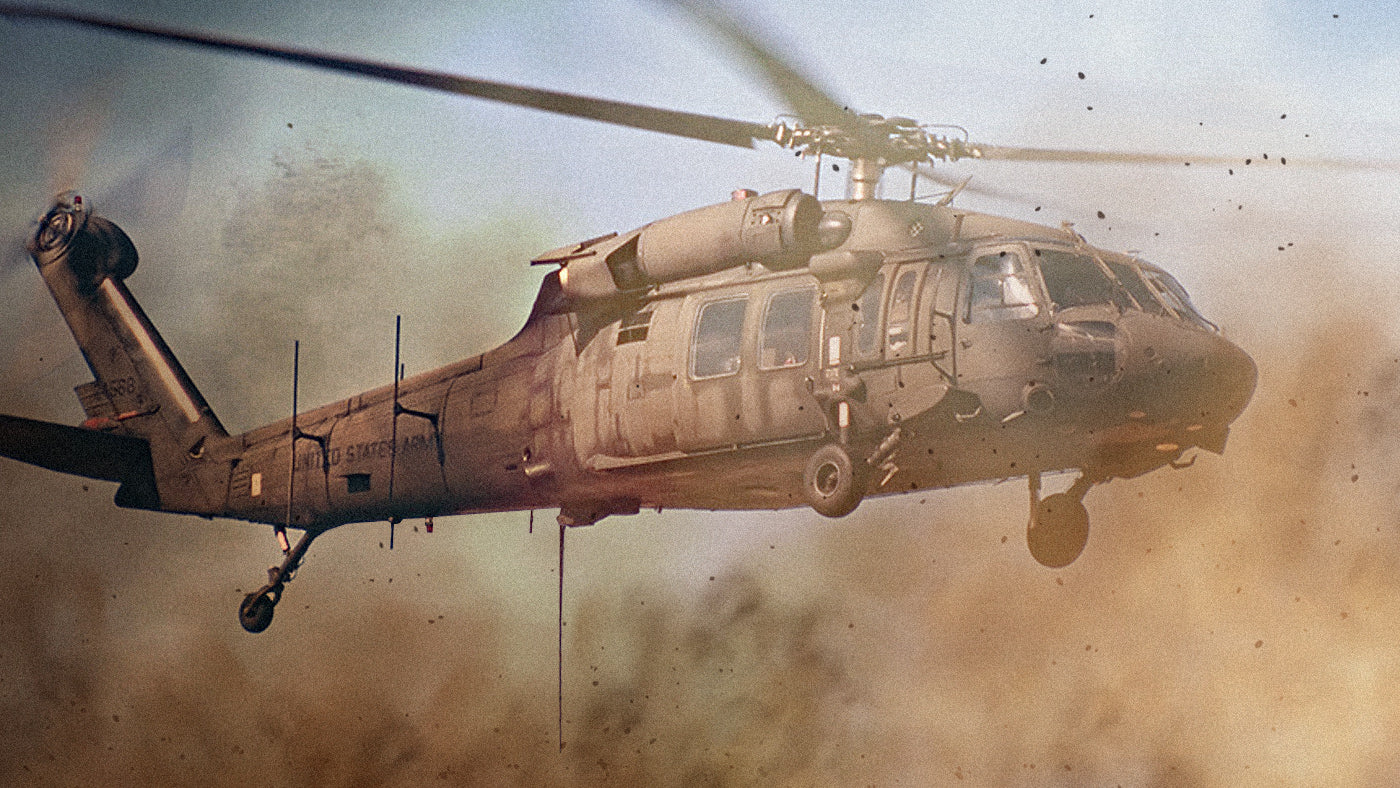Upkeep and Upkeep for UH 60 Helicopters
Upkeep and Upkeep for UH 60 Helicopters
Blog Article
A Comprehensive Guide to the Maintenance and Care of Aircraft for Durability
The longevity of an aircraft hinges significantly on its upkeep and care, demanding a structured approach to make sure optimal efficiency and safety. Recognizing the complexities of these practices can be complicated; consequently, it is vital to check out the vital components that contribute to reliable aircraft treatment and the implications of ignoring these responsibilities.
Value of Normal Maintenance
Routine upkeep is vital for the safety and security, performance, and durability of airplane. A methodical method to maintenance makes certain that all components function efficiently, therefore reducing the danger of mechanical failure throughout procedure. Routine inspections and servicing enable specialists to determine prospective issues prior to they intensify right into significant issues, making sure that the aircraft stays in compliance with air travel policies.
Furthermore, maintaining an aircraft according to the manufacturer's standards is critical for preserving its value. A well-documented maintenance history can boost resale leads and instill confidence in prospective customers. Furthermore, routine maintenance adds to operational efficiency, as it assists to enhance fuel intake and efficiency metrics, bring about set you back financial savings over time.
Furthermore, normal maintenance contributes to the overall safety of flight operations (uh 60). By resolving damage without delay, operators can alleviate dangers connected with aging airplane systems. This positive approach not just shields the lives of guests and staff yet likewise safeguards the airplane itself versus catastrophic failures

Daily Assessment List
How can pilots and maintenance staffs make certain the aircraft remains in optimal problem before each trip? The response hinges on a thorough day-to-day evaluation list, which functions as an important method to determine potential problems that can compromise safety and efficiency. This checklist needs to incorporate a number of essential locations, consisting of exterior and indoor assessments, in addition to functional checks of essential systems.
Starting with the outside, teams should examine the airframe for any type of visible damages, leakages, or indications of corrosion. Focus should be paid to control surfaces, touchdown equipment, and the problem of tires. Relocating to the interior, the team should verify that all controls and instruments are functional, guaranteeing that digital systems are operating correctly.

In enhancement to structural checks, it is important to examine gas degrees and verify that all needed files, consisting of enrollment and weight and balance details, depend on date. Finally, an evaluation of emergency situation equipment, consisting of life vests and fire extinguishers, need to be conducted to guarantee compliance with security regulations. By diligently following this day-to-day inspection checklist, pilots and maintenance staffs can significantly boost the safety and integrity of their airplane.
Scheduled Upkeep Programs
Arranged upkeep programs are crucial for the long-lasting safety and effectiveness of aircraft procedures. These programs are developed to ensure that all airplane components undertake regular inspections, maintenance, and required fixings at predetermined intervals. By sticking to an organized upkeep schedule, drivers can considerably lower the risk of in-flight failures, enhance aircraft reliability, and expand the lifespan of important parts.
Normally, scheduled upkeep is categorized into numerous levels, consisting of A, D, c, and b checks, each with distinct needs and thoroughness. A checks are normally a lot more constant and concentrate on standard visual inspections and like this small repair services, while D checks are extra comprehensive and happen much less frequently, involving comprehensive disassembly and overhaul of the aircraft.
Governing bodies, such as the FAA and EASA, required compliance with specific upkeep timetables based on airplane kind and use. Operators needs to preserve careful documents of all upkeep carried out to demonstrate conformity and assist in examinations. Moreover, the assimilation of anticipating maintenance modern technologies can additionally boost the performance of scheduled programs by identifying possible issues before they rise, thus ensuring that aircraft stay in optimum condition and prepared for secure procedures.
Take Care Of Airplane Interiors
Looking after airplane insides is critical not just for traveler convenience however likewise for keeping the general worth and safety of the airplane. Regular cleaning and upkeep of the interior elements add dramatically to a favorable flying experience while maintaining the aircraft's aesthetic charm.
To make certain optimal treatment, it is vital to establish a regular cleansing schedule that consists of vacuuming rugs, wiping down surfaces, and sterilizing high-touch locations. Upholstery and seats ought to be evaluated for deterioration, with any damages without delay dealt with to stop additional wear and tear. Furthermore, attention should be provided to the galley and lavatory locations, which call for complete cleansing and restocking of materials to preserve health.
Additionally, making use of proper cleaner is vital; severe chemicals can harm surfaces and materials, so it is suggested to use items particularly made for aircraft interiors. Routine assessments should likewise be carried out to determine any maintenance needs, such as replacing damaged seat covers or fixing window shades. By focusing on the treatment of airplane insides, operators can enhance the general guest experience and protect the financial investment in their aircraft.
Recognizing Regulative Conformity
Regulatory compliance is a vital aspect of aircraft upkeep, commonly calling for operators to abide by an intricate structure of local, nationwide, and worldwide requirements. This framework is primarily click to investigate established by aeronautics regulatory bodies such as the Federal Air Travel Management (FAA) in the USA and the European Union Aeronautics Safety And Security Company (EASA) in Europe - uh 60. These companies state regulations that govern different elements of airplane upkeep, including airworthiness, safety and security protocols, and operational procedures

Additionally, operators must remain educated about modifications in guidelines and get involved in training programs to make sure that their staff is knowledgeable regarding conformity needs. Failure to abide with these guidelines can lead to severe fines, consisting of penalties, grounding of aircraft, or loss of qualification. As a result, understanding and adhering to governing compliance is paramount for the longevity and safety of airplane operations.
Final Thought
Finally, the upkeep and care of airplane are extremely important for making certain durability, safety and security, and operational performance (uh 60). Routine inspections, adherence to day-to-day lists, and systematic maintenance programs assist in the early identification of possible issues. Attention to the aircraft's inside and compliance with regulative requirements considerably contribute to protecting its worth. By executing these techniques, drivers can enhance the overall experience for guests while protecting the financial investment in aviation possessions.
The longevity of an aircraft hinges substantially on its upkeep and care, requiring a structured strategy to guarantee ideal efficiency and safety and security. By diligently following this daily inspection list, pilots and upkeep staffs can dramatically enhance the safety and dependability of their aircraft.
These programs are developed to make sure that all airplane elements undertake regular evaluations, maintenance, and necessary repair services at predetermined periods. By prioritizing the treatment of airplane insides, drivers can boost the overall passenger experience and safeguard the financial investment in their airplane.
In verdict, the upkeep and treatment of airplane are extremely important for ensuring longevity, security, and operational efficiency.
Report this page